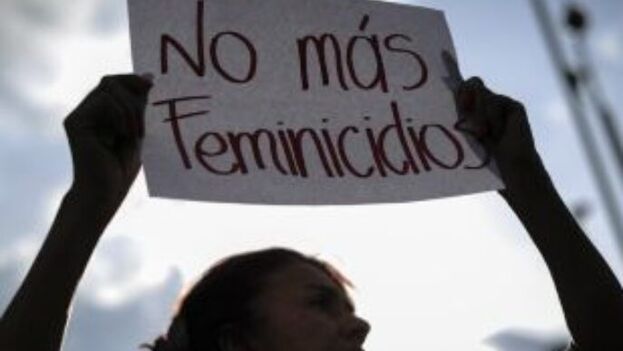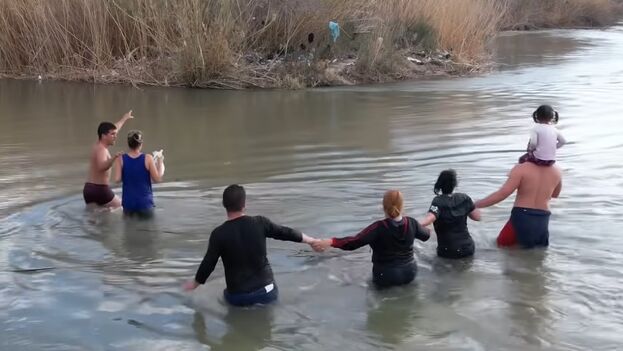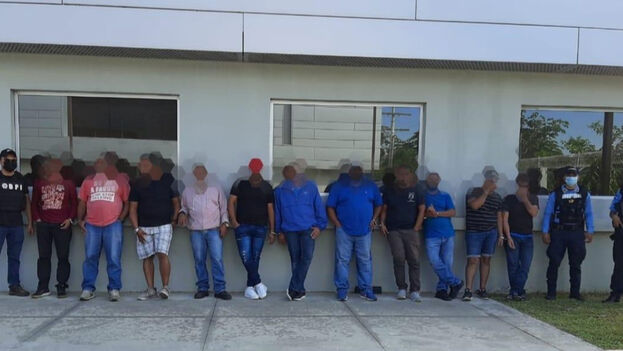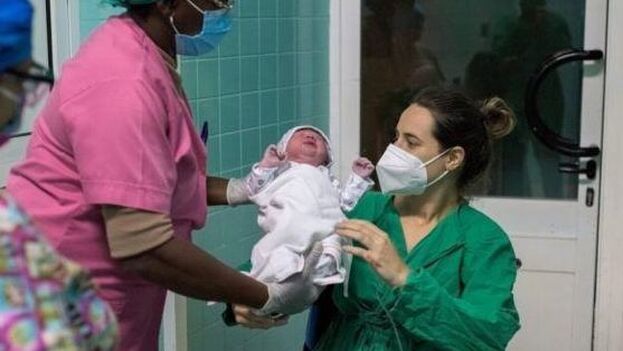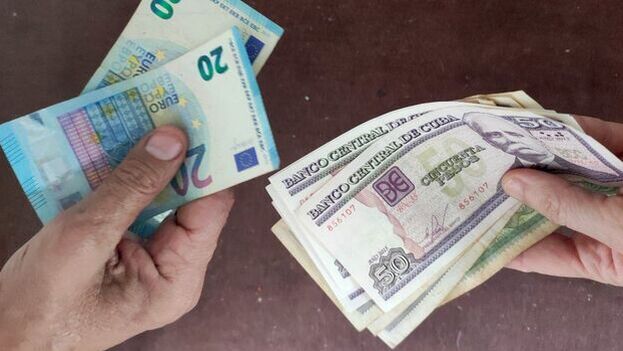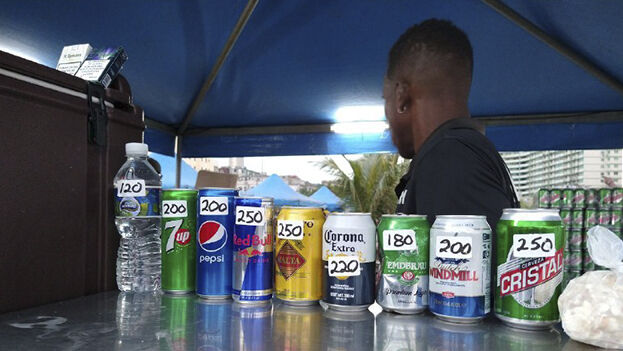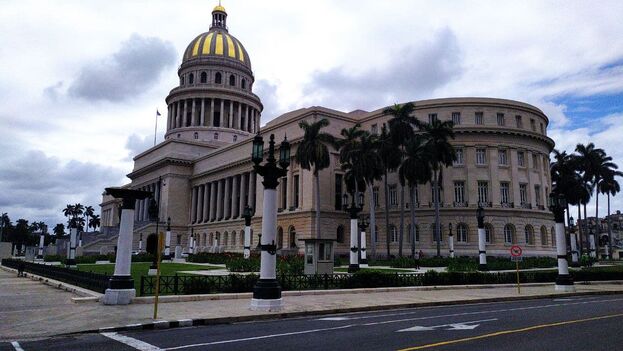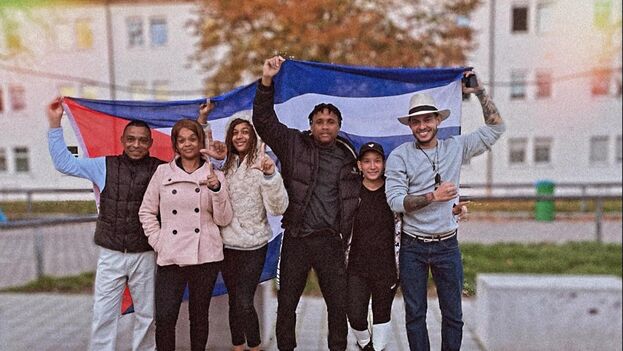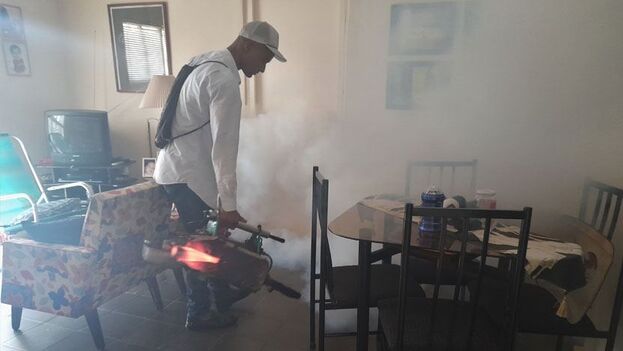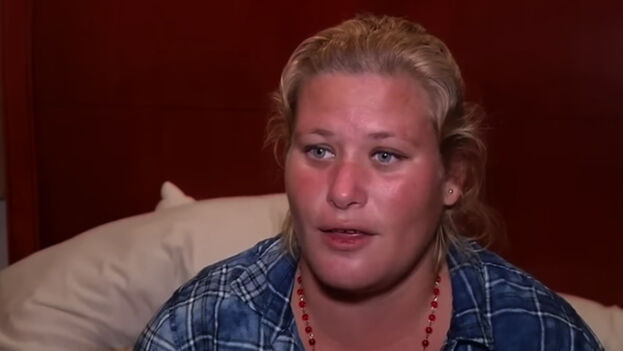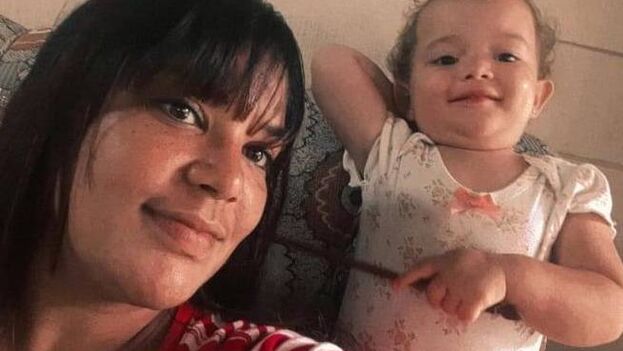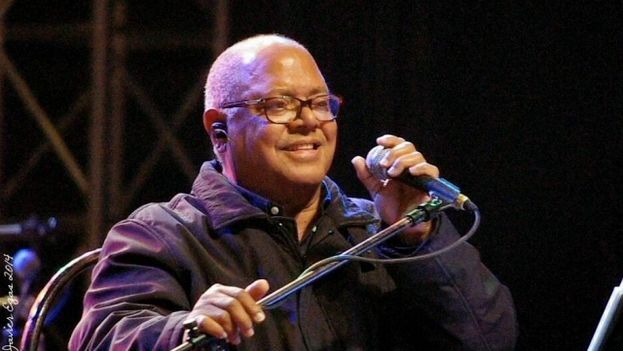
![]() 14ymedio, Havana, 14 November 2022 — It’s a bad weekend to talk about food sovereignty. Matanzas residents, los matanceros, have been the first to complain to the authorities about the future law that aims to protect the right to food, after several days of new trouble in that area.
14ymedio, Havana, 14 November 2022 — It’s a bad weekend to talk about food sovereignty. Matanzas residents, los matanceros, have been the first to complain to the authorities about the future law that aims to protect the right to food, after several days of new trouble in that area.
The neighbors went to bed this Sunday with the news that the milk from three areas of the provincial capital, Naranjal, Matanzas Este and Peñas Altas, had been spoiled by a massive breakdown whose causes are still unknown. As announced by the Dairy Products Company of Matanzas, the facts are being investigated, since the milk arrived on Sunday afternoon and had been pasteurized.
According to the official explanation, the milk would begin to be replenished from 6:00 in the evening of the same day, and it would be pasteurized as well. But there is no powdered milk that can replace the lack caused by the losses, which “makes it impossible for this response to be in the shortest possible time.”
“The truth is that only we mothers know what we are going through with this issue. The same thing happens every night, when the children fall asleep exhausted from crying because they didn’t have any milk to drink before bedtime. It’s in short supply, and they tell you it will be replaced tomorrow,” said a Facebook commenter. She was not the only one who complained about the delay.
“Here what is ’broken’ is the schedule, which is the same at 12 p.m. as at 6 p.m. Anyway, it’s playing with something that is a delicate matter for a child,” says another.
“What about the diet of the sick, especially of people on a special diet, or bedridden? Here, in Matanzas, the provincial capital, someone retired a year ago and they never gave him more information. Now it’s happening in the villages of the interior. Where is that food sovereignty that they mentioned on TV? It’s the same old thing, another gross joke and poorly told,” a mother reproaches. “Yeah, and with a stylish name: ’food sovereignty, culture of resistance …’ It’s the latest trend to adorn the same shit or worse,” another replies, annoyed.
For decades, Cuban leaders installed in the population the idea that milk was an essential food that should be consumed daily by children and adults. Fidel Castro had his own obsession with the product, whose cult hit the roof with Ubre Blanca [White Udder], the cow that entered the Guinness record book by giving more than 100 liters of milk in three milkings in 1982. continue reading
Fidel’s successor, General Raúl Castro, promised in 2007 that it was necessary to “produce milk so that you can drink all you want,” when already in that year it was known that calcium (the element that makes dairy products important for the diet) is found in many other foods, including all dark leafy vegetables, except spinach. However, the policy has led generations of Cubans to experience the loss of each drop of milk as a greater drama than that of cabbage, which contains the same nutrient.
The disgust has been added to the one already dragged up by the matanceros for the “fragments of non-soluble foreign matter” found in the sugar of this month’s family ration basket. State television confirmed that the images broadcast by users on social networks of the product mixed with blackish particles were real. After taking a sample to the laboratory of the Municipal Centre for Hygiene and Epidemiology of Cárdenas, “the presence of objectionable particles (pieces of materials that vary in size and quantity) was confirmed.”
Dr. Bella Canosa Besú, director of the laboratory, said that the product will be certified throughout the province, and its sale will be gradually restored depending on the result of the analysis.
An article published in Telebandera made it clear that “according to specialized standards, under current conditions, that food product is not suitable for human consumption,” and it asks consumers who have sugar of that type to return the product in poor condition, as explained by Heykel Vázquez Moreno, deputy director of the Municipal Trade and Gastronomy Company.
The entity has been forced to stop the sale and carry out the sampling investigation at each bodega (ration store) to determine where it can be sold again.
“All the raw sugar that has been marketed for months in several bodegas in the city of Matanzas is simply not suitable for consumption. There are a lot of foreign particles, some of them metallic and others whose composition is unknown, and so we consume it, without knowing the effect on our health and that of our children. Now by a complaint the sale was paralyzed, and if you don’t complain it’s not detected, because there is no effective system to control food production and sales to either the private or state sector. Hopefully the matter will be reviewed, and the quality of the sugar that is marketed to the population will be improved. It’s the only sugar we can consume because there is no other market where we can buy it,” summarized one of the many comments of outraged matanceros.
Although a similar event has not yet occurred in other provinces, another user says that in Villa Clara the situation is not far from that of Matanzas. “Here the sugar, for Villa Clara, the bean seeds sold… they look like horror stories. Now who is responsible for the fact that the sugar has arrived at the bodega? And what will happen if there are people who have consumed it, including children? We are living in horrible times, Cubans against Cubans, envy, products in bad condition, high and abusive prices, and still the prices of MLC stores [which only take payment in foreign currency] continue to rise and so far no one responds. In conclusion, I don’t know how much more Cuba can take,” he says.
Translated by Regina Anavy
____________
COLLABORATE WITH OUR WORK: The 14ymedio team is committed to practicing serious journalism that reflects Cuba’s reality in all its depth. Thank you for joining us on this long journey. We invite you to continue supporting us by becoming a member of 14ymedio now. Together we can continue transforming journalism in Cuba.

